Homework 02
Due: 2024/09/23 - 5PM
Programming (10 points)
Intro:
This week’s programming assignment will focus on using drawing functions to get us more familiar with the p5.js coordinate system, color system, shape functions, color functions and overall structure and flow of a p5.js sketch.
It is meant to get us used to thinking about drawing systems and how to translate concepts into code.
Getting Started and Submitting:
For all of the exercises we’ll start by cloning our template and setting up our GitHub app to pull (download) our repo and then push (upload) the results.
You’ll be turning in 2 links for your sketches, so name your repositories HW02A and HW02B.
Please enable GitHub pages on your GitHub repos and use Brightspace to submit GitHub links to both of your repositories.
Include any paper/tablet drawings that you make in your Brightspace submission.
Evaluation
This assignment will be graded on a scale from 1 to 10, taking the following criteria into account:
- Compliance: work follows the requirements specified in the assignment description.
- Implementation: work shows evidence of understanding programming concepts and you are fully using them to express your ideas.
- Thoughtfulness: project demonstrates your personality and it’s not a straightforward re-implementation of someone else’s idea.
- Craft: code and results show care and consideration for presentation and professionalism, and work doesn’t look like it was rushed.
HW02A
Select a work of art that makes use of repetition or patterns. This can be something from the early days of computer art, or even something analog from a modernist movement.
Replicate the artwork as best as you can using p5.js.
You don’t have to replicate the entire thing; having 10 to 20 shapes is good enough.
HW02B
Create a variation of the previous artwork by changing parameters like colors, sizes, shapes, composition, etc.
These variations should be different enough to demonstrate your personal touch, personality and sensibility. They can be very different ! Explore the possibility of generating very different results from very similar code.
Some Artists to Consider:
- Vera Molnár
- Frieder Nake
- Plotter Drawings from the V&A Collection
- Hélio Oiticica: Metaesquemas
- Lygia Clark: Planos em Superfície Modulada
- Kazimir Malevich and Suprematism
- Yayoi Kusama: dots
- Julie Mehretu: Stadia (portions)
- El Lissitzky: Prouns
- László Moholy-Nagy
Some Example Works:
Lygia Clark
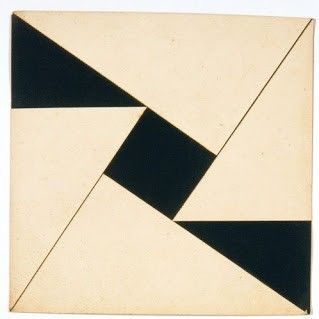
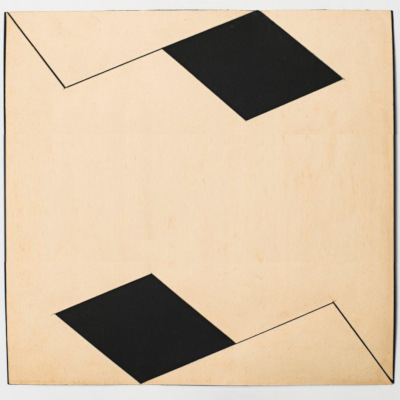
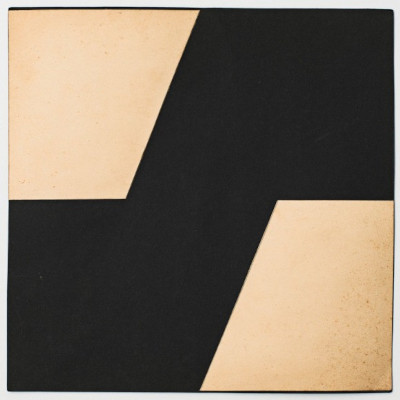
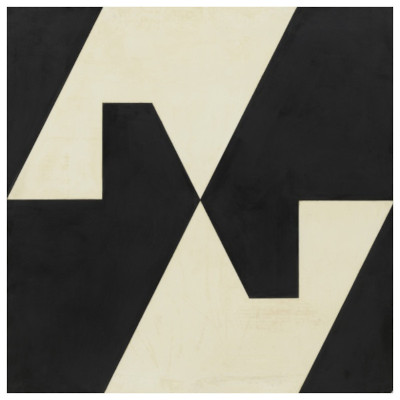
Kazimir Malevich
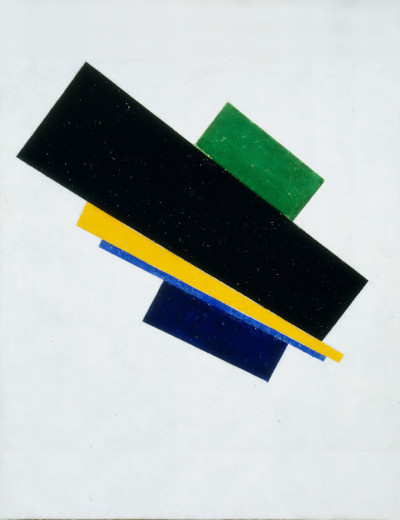
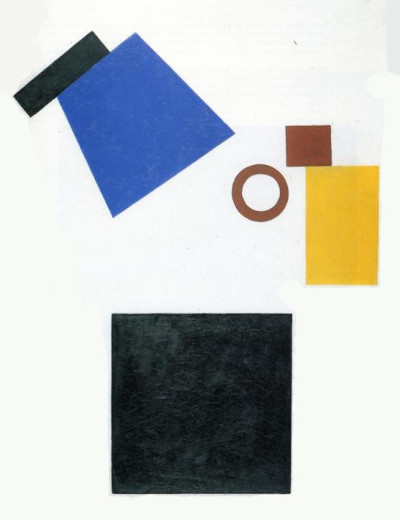
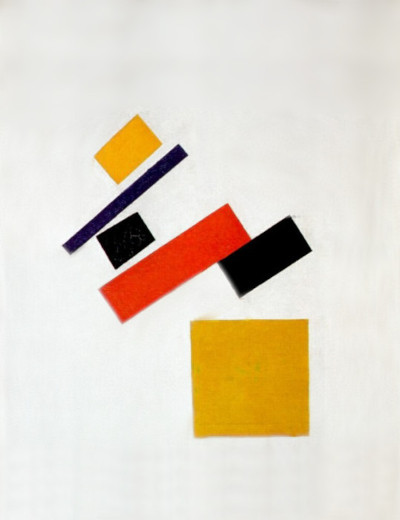
Hélio Oiticica
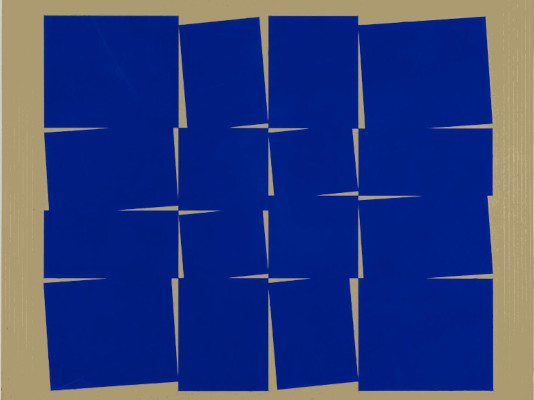
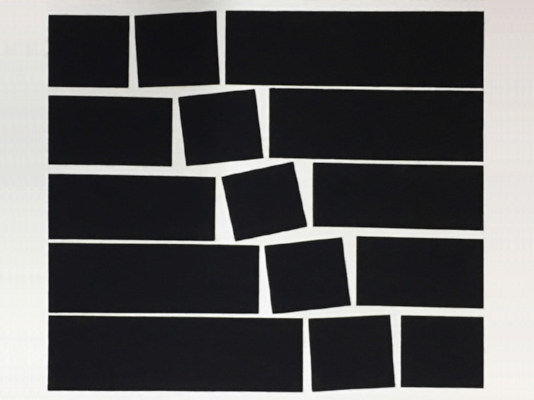
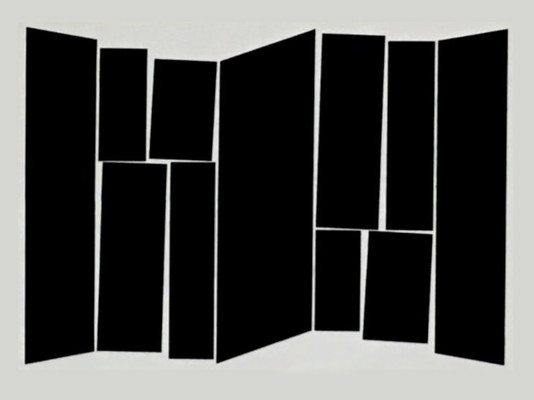
Read & Respond (5 points)
Reflections on Early Computer Art
Pick a work of art, or a set of works, or a group of artists, from the early years of computer art, read about them and then write a 200-word reflection on what you learned.
This doesn’t have to be a formal text. It’s basically two paragraphs worth of opinions.
You can research the works of Vera Molnár [1, 2] and Frieder Nake [1, 2] from the Programming assignment; or, look into these links to get started:
Your reflections should be personal, meaning that you should be expressing your views and opinions about the work(s) and not just describing them. You can use the following rubric to guide your reflection:
- Short summary: in one or two phrases, what is the art work? Who made it? When?
- Does it remind you of anything that came before it? Anything that came after?
- What do you like about it? What do you not like about it?
- How did it age? Is the technology still interesting? Is its message still interesting?
Please submit your response via Brightspace.
Grading for the reflection will be assigned following these considerations:
| Response | Grade |
|---|---|
| Only described the work | 2 points |
| Answered some of the prompts, but I can’t tell whether you actually read about the work or what you thought |
3 points |
| Answered enough prompts to express opinions | 5 points |